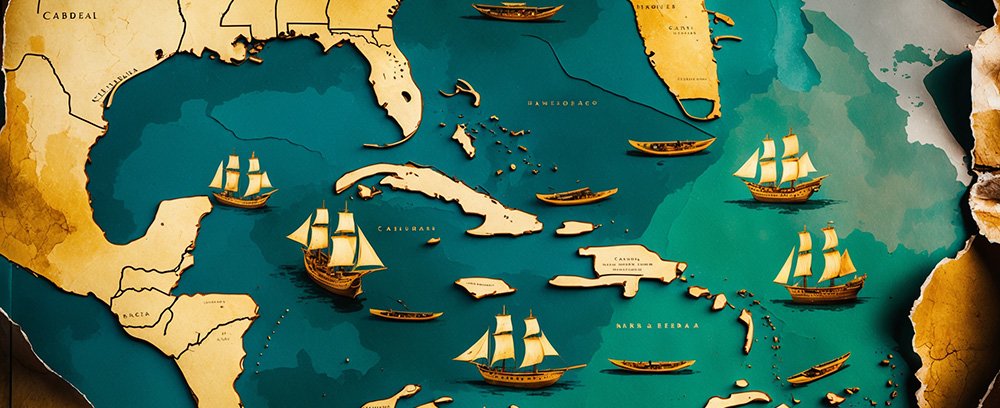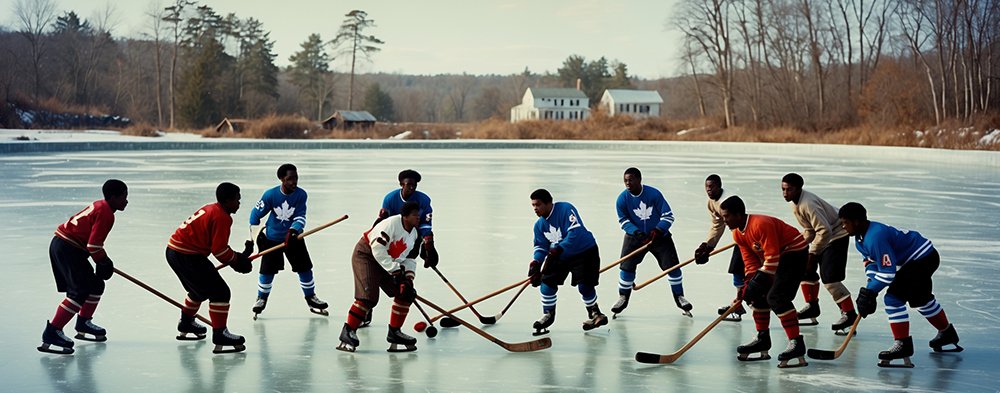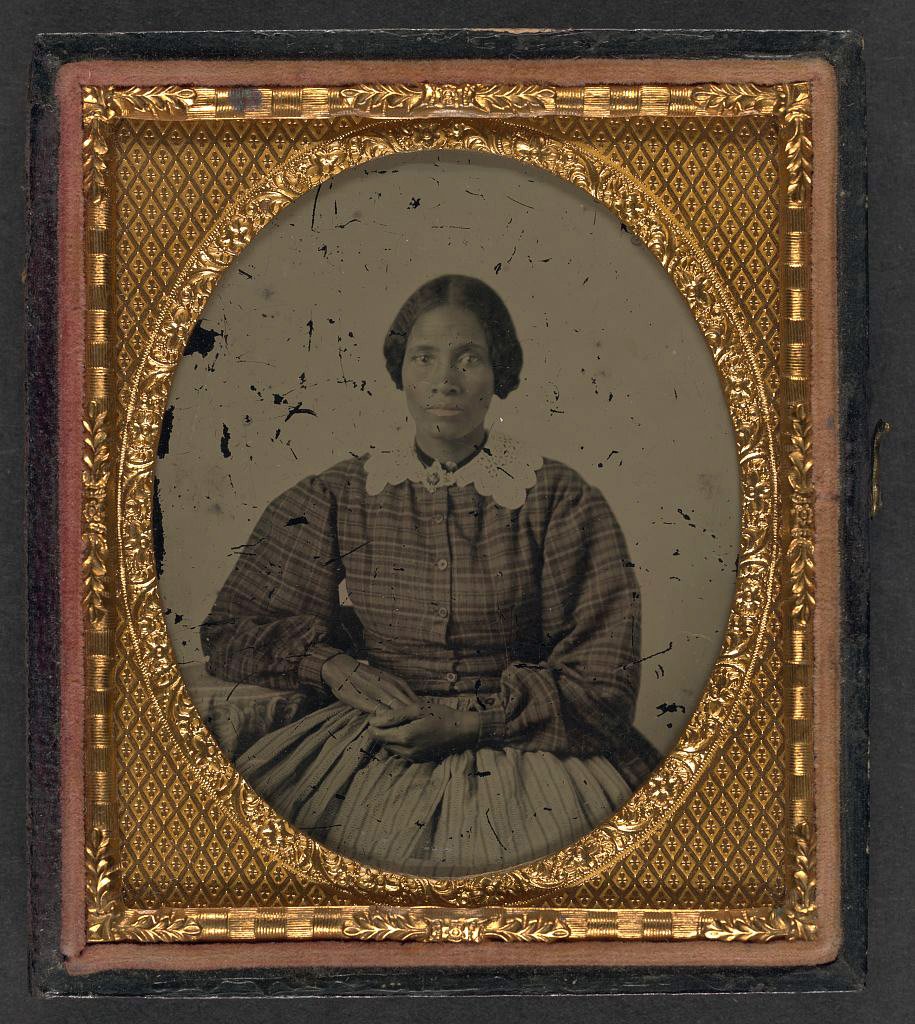The AAP Blog
Those Canadian NBA Finals
Childhood Rivals and a Championship's Revealing Window on The Great Black North
The feistiness, the testiness between them traced to their pre-teen years when they were building a deep history with each other; a healthy, driving animus. As children of Canada. In sports terms they are ancient foes; the smooth Hamilton, Ontario kid with the basketball, trying to shake the sticky, pesky boy from Vaughan, Ontario. For each, the 2025 NBA Finals featured a nearly two decades fast-forward from their club basketball days, back when they also scuffled with and shoved each other over a ball nearly as big as them. But more than the tale told by the one-on-one, their prominence on the biggest stage was a broader message from Black Canada; don’t sleep on us, we’re doing the work, too. At a high level.
Shai Gilgeous-Alexander (raised in Hamilton) and Andrew Nembhard (Vaughan) were just two of four players (add Bennedict Mathurin and Lu Dort, both of Montreal) in the 2025 Finals with Black Canadian roots. The four, and numerous others in “The Association”, descend from a deep Canadian history that tends to go unnoticed and under appreciated “South of the Border”. Like the U.S., the presence of an African diaspora in Canada can be traced to the early 1600s, and even before. Unlike in the States, that presence was largely the result of free will and, significantly, Afro-Caribbean determinism.
Canada’s first documented person of African descent was Afro-French freeman Mathieu da Costa, adventuring with explorers Pierre Dugua and Samuel de Champlain (who named the U.S.-Canada border’s Lake Champlain after himself). Mathieu da Costa spoke at least six languages and served as a translator to the indigenous Mi-kmaq as the explorers exercised their designs on what they would call New France. (Of course the tribe had a different name for their homeland, and we will allow as how da Costa perhaps couldn’t fully comprehend the long-term ramifications of his duties.) Da Costa’s arrival was recorded in 1608, at least a decade before the 1619 large-scale systematization of the slave trade in the United States. (Sporadic Spanish and Portuguese slave-trading to the Americas dates back to at least 1525–Columbus’s feet were barely dry.) Today, official Canadian recognition of da Costa’s historic place includes a national stamp, a heritage trail, and a school and streets in Montreal and Toronto named in his honor.
The population of New France, as with the British American colonies to the south, included enslaved people throughout the 1700s, but their numbers were dwarfed by those of the colonies. When New France was ceded to Britain in 1763—a bit more than a decade before the American Revolution—it included approximately 1200 slaves of African descent. There were also at least 2000 more indigenous slaves in Canada than there were enslaved Blacks. By contrast, the American slave population in 1770, just six years before the Declaration of Independence, was estimated at 450,000. It seems the enslaved in what became Canada also “enjoyed” a few more rights than were available to those in bondage in the colonies:
• Marriages were legal
• Sales of children before age 14 were prohibited
• Legal complaints could be lodged against free people
To be clear, from a cultural standpoint there was little difference between racial attitudes in Canada versus those in the U.S.; people of the African diaspora in Canada faced (and still can face) segregation, discrimination and racist violence. It was never a Utopia. There seemingly was, and is, however, less of a legal and structural societal framework furthering the bigotry project. Those slave-period “rights” of 18th century Canada hint at the difference. Hitler’s Third Reich didn’t turn to Canada to copy racist policy.
The American Revolution (in and around 1776) actually had the effect of doubling the number of slaves in Canada, with American slaveholders loyal to the British crown leaving the rebellious colonies in favor of a place still nominally revering King George. Britain abolished the slave trade throughout the empire, however, in 1833 (an effort led by Member of Parliament and Ohio HBCU namesake William Wilberforce). While slavery itself may never have been a major source of Blacks in Canada, the same can't be said of the need to escape slavery.
The Underground Railroad played a much more significant role in populating Black Canada than did bondage, delivering anywhere from 25,000 to 40,000 of the formerly U.S.-enslaved. Many of them settled in southern Ontario, Quebec and the Maritime Provinces, and by the late 19th century they’d gained access to political rights and limited power in local and provincial government, a contrast to the rollbacks by Jim Crow that followed the decapitation of Reconstruction.
At about the same time as the Railroad influx there were also the beginnings of Caribbean-origin enclaves, reflecting trade between Canada and the islands, and leading to a growing infusion of West Indies "spice" into the northern ethos. The Canadian Broadcasting Company(CBC)/Netflix series “Anne with an E” nods to this with the Trinidadian-born character Sebastian “Bash” Lacroix who settles a farm owned by a white friend in the province of Prince Edward Island. "Bash" soon learns of the poor-but-thriving nearby Black settlement referred to as The Bog in Charlottetown, P.E.I.'s capital. The Bog, originally settled by former slaves of those 1776 British loyalist slaveholders, was at the time increasingly seeing new residents from farther south. Caribbean immigration comes to rival and then outstrips that from the U.S.
That legacy of Caribs angling to the Great White North would deepen in the 20th century and it contains a thread that leads directly to Mathurin and SGA, Nembhard and Dort. Today, people with Caribbean roots comprise the largest share of the Black Canadian population. Dort and Mathurin trace their family lines to Haiti, Gilgeous-Alexander ties directly to Antigua and Barbuda, while Nembhard can claim Jamaica. One could say the 2019 Champion Toronto Raptors foreshadowed this, but that team, led by Californian Kawhi Leonard, had just one Canadian, Chris Boucher who, like Nembhard and SGA, is of Caribbean descent. And as Boucher would tell you he did not have any significant Finals minutes. His countrymen did.
In addition to their places in Canada’s little-told history, they have, together and at least for now, moved the psychic apex of the basketball world to somewhere North of the Border. Cool runnings? Arguably, their court mindsets stray from the U.S.-born player’s norm, with maybe less bravado, less diss, more subtlety; but maybe it’s just those four players. No denying they’ve got game. It speaks for itself, considering their numbers in ascending to the heights of that iconically (minus The Logo) African American game.
2025, the year the NBA Finals were dominated by, oh, Canada!
Note: The Charlottetown area that once encompassed The Bog had nearly 200 Black residents at one point; they’re progeny have moved on to other parts of Canada and the world, making their way in society for better or less. But in 2020 The Bog’s old neighborhood was the site of a Black Lives Matter demonstration following George Floyd’s death. The observance also became a moment of recollection, with local historians harkening back to The Bog’s history, including its West End Rangers who played in Canada’s Maritime Coloured Hockey League at the turn of the 20th century. The CBC quotes the president of the Prince Edward Island Black Cultural Society, Tamara Steele, as noting “we’re not just the newcomers to the Island. We’ve survived here a long time.”
And, in case you're wondering, people of African descent (1.5 million) make up roughly 4.3% of Canada's total population. By contrast, New York City's Black population is 1.7 million, and the U.S. has more than 41 million African Americans.





